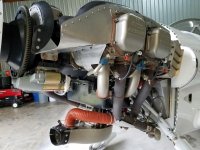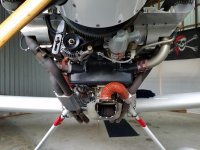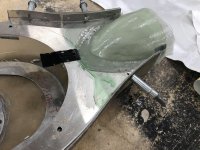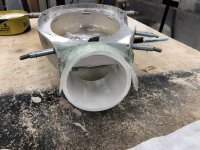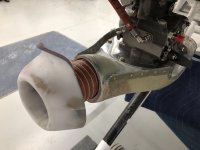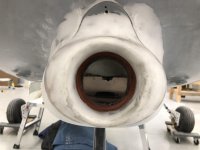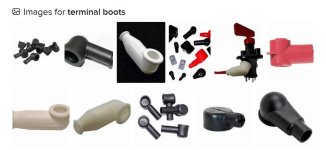Vansconvert
Well Known Member
Fuel injected engine with the filtered air box set up from Vans. Connects to the intake on the lower cowing with baffling type material. The question is should the baffling material be on the outside of where it connects to the lower cowling air scoop or should it be on the inside of the air scoop?



